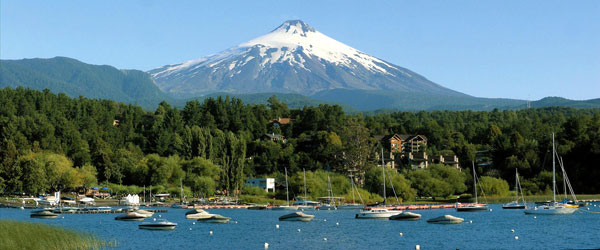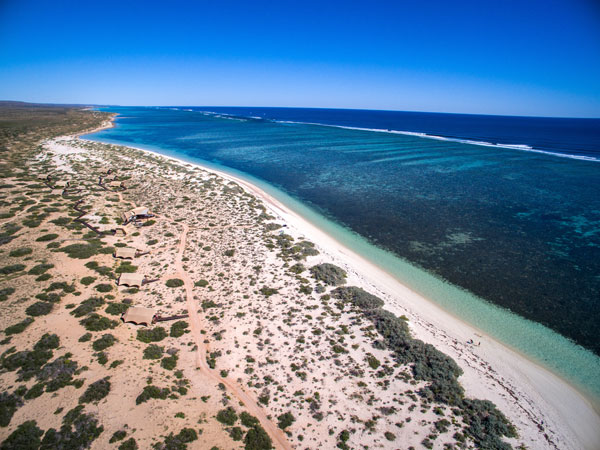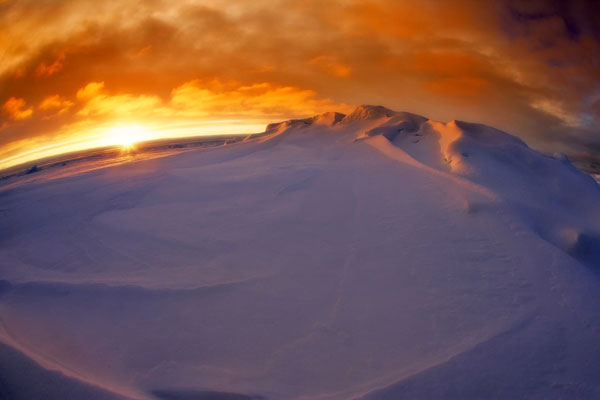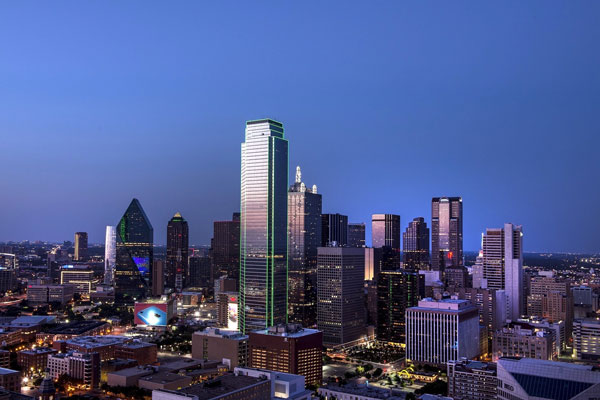Totality is addictive — once you’ve seen one total solar eclipse, you’re hankering for the next one. Some exciting destinations are getting ready for their dances with darkness.
If your first thought after seeing a total solar eclipse was, “I need to see that again,” read on. We’ve gathered the dates, the locations, and the best observing locations for the next total solar eclipses.

Rick Fienberg / TravelQuest International / Wilderness Travel
Be warned: eclipse-chasing can be expensive — and addictive. But is there any better way to see the world than by following the shadow of the Moon?
Monday, December 14, 2020
South Pacific, Chile, and Argentina (again!)
If there’s an easy total solar eclipse to aim for in the next few years, it’s probably this one. A late-afternoon eclipse with up to 2 minutes 10 seconds of totality, it takes place during the good-weather month of December. By far the best place to head to is the spectacular –– and tourist-friendly –– area of Villarica and Pucón in the Chilean Lake District. With excellent fishing, boating, hiking, and hot springs, this is an ideal area for touring and eclipse-chasing.

chile.travel
Saturday, December 4, 2021
Antarctica, Weddell Sea
How are your sea-legs? And your wallet? Making a land expedition to Antarctica is very expensive, and the likely weather makes a clear totality unlikely. So there are two ways to maximize your chances of seeing up to 1 minute 54 seconds of totality; join a cruise ship in the vicinity of South Georgia island, or take a special eclipse flight from Chile; both will set you back several thousand dollars, though. This eclipse might be one for most of us to follow from afar, but the prospect of a beautiful totality over Antarctica will be more than enough to attract hardcore eclipse-chasers.
Thursday, April 20, 2023
Australia, Timor Leste, and West Papua
Although totality will last no more than 76 seconds, this eclipse is nevertheless a fascinating one: It’s a rare hybrid solar eclipse. At the beginning and end of the eclipse’s path, it will appear as an annular “ring of fire” eclipse, but those near the center of the track will see full totality. This situation occurs when the Moon, in its elliptical orbit around Earth, is right on the cusp of being too far away to totally eclipse the Sun. And since Earth is a sphere, the midpoint of the track is closer to the Moon by nearly 4,000 miles than the track's ends.
For eclipse-chasers, this geometry means the Baily’s beads — reams of sunlight that stream between the Moon’s mountains, visible on the limb of the Moon before and after totality — will linger for much longer than usual. The hybrid nature of the eclipse also means a high chance of shadow bands, wavy lines of alternating light and shadow on the ground just before and after totality.
The bad news? This is a mostly remote eclipse track. It just grazes Western Australia; Cape Range National Park on Exmouth Peninsula is going to be busy.

Sal Salis & Sarah Wood Photography
Monday, April 8, 2024
North America
It’s a good time to be chasing eclipses in America; 2017 was the first of two total solar eclipses in just seven years. Even better, the 2024 event is technically even more impressive, with totality lasting 4 minutes 28 seconds at its peak. However, it occurs in spring when clear skies are less likely. Making landfall first in Mexico and ending in Canada (passing through Ontario, Québec, New Brunswick, Prince Edward Island, Nova Scotia, Newfoundland), the path of totality also crosses parts of 15 states: Texas, Oklahoma, Arkansas, Missouri, Tennessee, Kentucky, Illinois, Michigan, Indiana, Ohio, Pennsylvania, New York, Vermont, New Hampshire, and central Maine.
Greatest duration will occur near Torreón, Mexico, and Mexico and Texas will have the greatest chance of clear skies. Dallas will receive 3 minutes 49 seconds of totality and Waco 4 minutes 13 seconds, while Austin and San Antonio are both just inside the path of totality’s southern limit.
Visit eclipsophile.com to find weather info (and hence, destination guidance) for these future eclipses.
 4
4











Comments
Howard Ritter
August 25, 2017 at 5:53 pm
It is unthinkable that S&T would not partner with an experienced and trusted tour company to offer an eclipse-plus-Andean-observatories tour for the July 2019 eclipse, especially since it will be, within about 5 weeks, the centenary of the eclipse at which Eddington photographed the gravitational displacement of star images by the Sun, confirming a prediction of General Relativity and making Einstein (more) famous.
Isn't it?
Is there an "alert" list for this tour when everything gels?
You must be logged in to post a comment.
August 25, 2017 at 6:03 pm
I read somewhere that the 1919 measurements were not that accurate and unacceptable by modern standards, but everyone just played along becoz it was such an ace theory.
You must be logged in to post a comment.
Anthony Barreiro
August 27, 2017 at 10:12 pm
This is an urban myth. Eddington et al gathered several data sets with different instruments. Some of the data sets were determined to be unreliable for various technical reasons, and so were discarded. With the benefit of hindsight, it is clear that Eddington made reasonable decisions in his data analysis.
You must be logged in to post a comment.
Paul
August 26, 2017 at 2:56 pm
We watched the eclipse from Sweetwater, Tennessee. (Nice job, Sweetwater!) An hour before first contact, the sky was about 40% covered with cumulus clouds. As the partial eclipse began, the clouds began to evaporate and where all gone at least a half hour before totality. 40 to 50 minutes before totality, a noticeable breeze began to pick up from the west and the temperature began to drop. I would estimate the total temperature drop to have been around 15 degrees, from near 90 to the mid 70s. As second contact approached, the entire area took on an eerie twilight coloration and the noise of the crowd (we shared the eclipse with around 5,000 other people) became muted. Being my first total eclipse, I missed the Bailey's beads and diamond ring at the beginning, but the 2' 37" of totality were spectacular. Cheering all around. I could only see Venus and Jupiter. I suspect that there was just enough haze to wash out the other planets and stars. Third contact brought a beautiful diamond ring and, I think, Bailey's beads, although I'm not sure that is what I saw.
The only downer: the trip back to our hotel in Knoxville that took 40 minutes at 5:30 AM took 3:20 minutes at 3:00 PM.
As I live in Cleveland, Ohio, I look forward to seeing many of you in April, 2024, for the next Great North American eclipse.
You must be logged in to post a comment.
You must be logged in to post a comment.